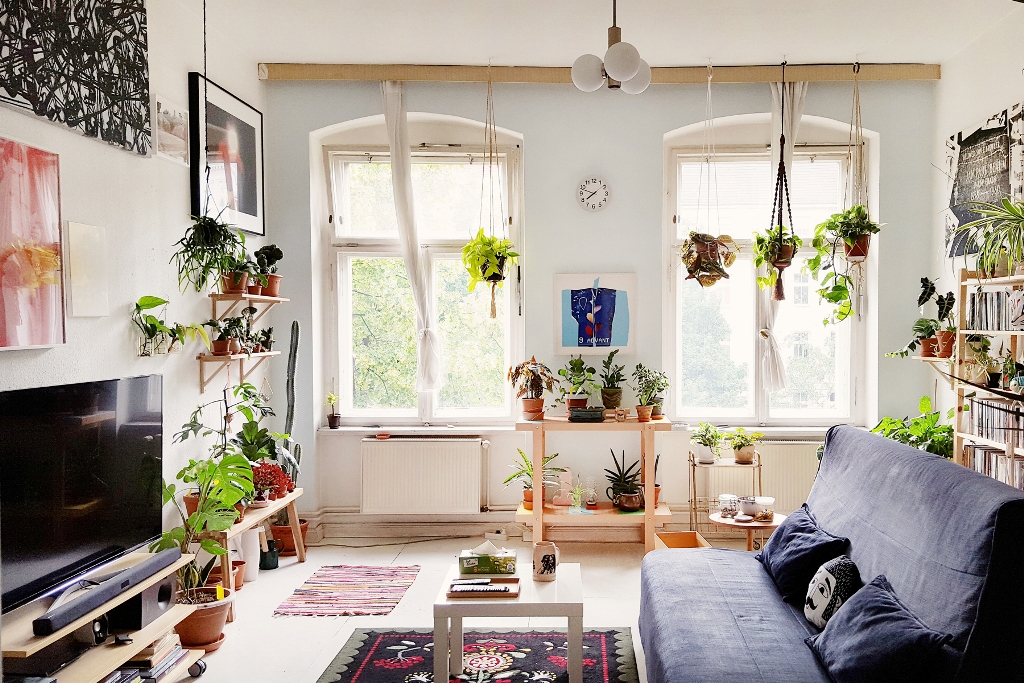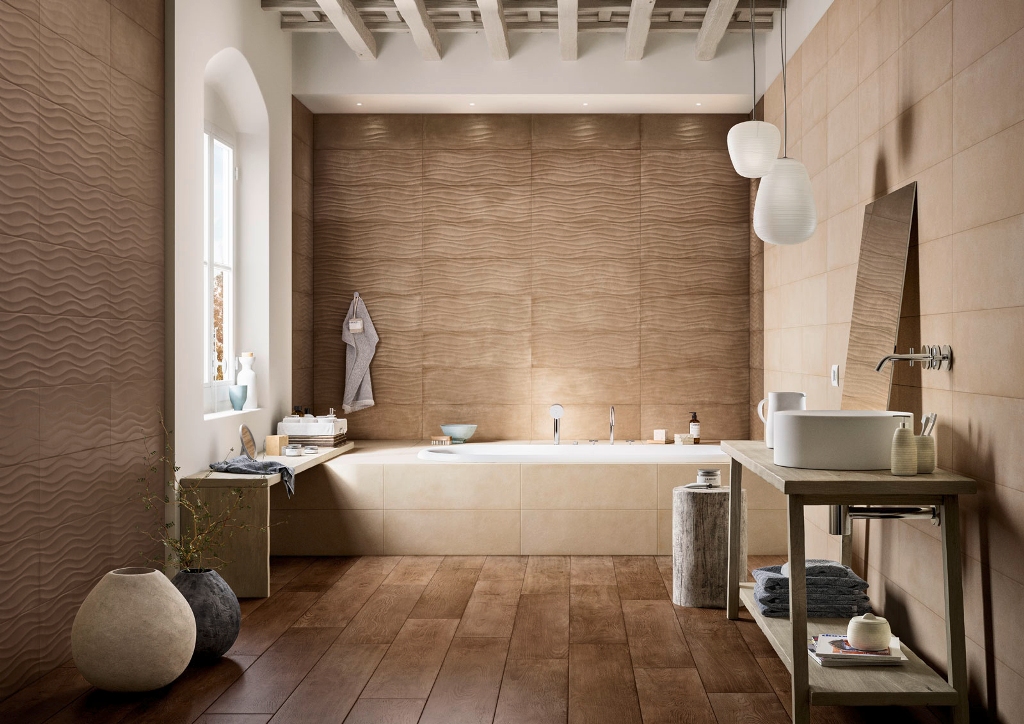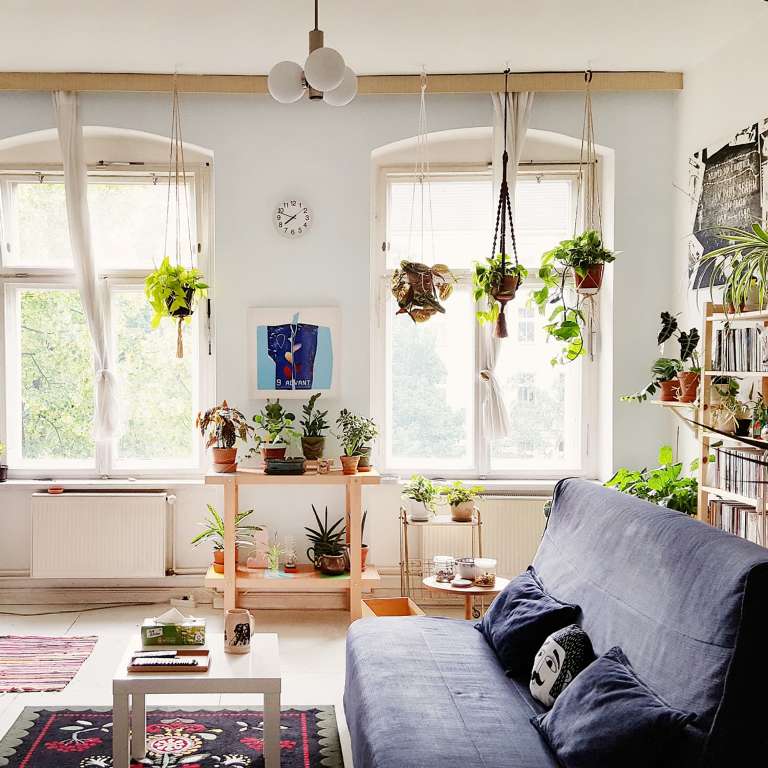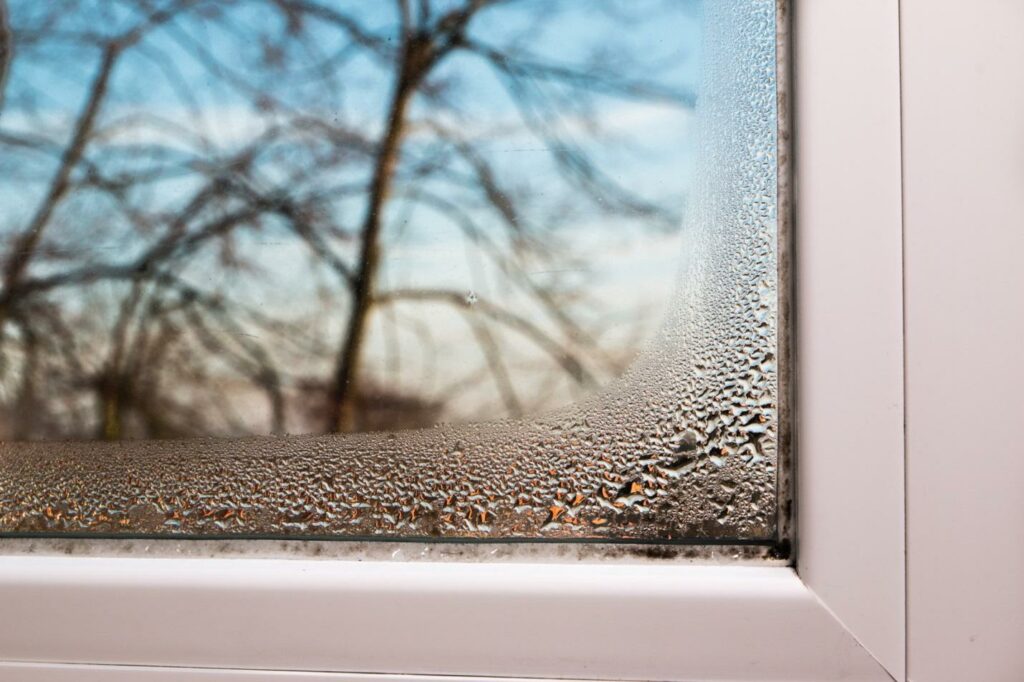Humidity control prevents airborne illnesses and improves indoor air quality. Check out this homeowner’s guide to find the ideal indoor humidity for your home.
No matter what your local climate is, having the right level of humidity is vital. Good humidity in the air can be useful for your health.
The effects of humidity on the body are numerous. Its response can vary, depending on the circumstance. One consistent detail, however, is the ideal indoor humidity.
In your home, it’s best to keep the proper humidity levels in the air. This applies to your workplace too, where you spend most of your time. If possible, it’s most crucial to set the humidity to a level that gives you a comfortable living space.
How do you find it? Here’s a quick and easy guide that you can use to find the best humidity level at home.
1. The Ideal Humidity
Relative humidity is the measurement of air to water in your home. This is relative to the amount of moisture present, where there is an ideal value. This means if the air has a relative humidity of 30 percent, there is only a third of moisture in the air.

One crucial correlation is that the hotter air becomes, the more moisture it can hold. It’s crucial to have an ideal indoor humidity. With the right humidity, you can feel comfortable without making the air stuffy.
When it comes to your indoor humidity, the best range should be between 30 to 50 percent. The most ideal should be at 45 percent.The right humidity gives you a feeling of “cool” in the summer and “warm” in the winter.
Anything below 50 percent can give you the right neutral warmth without the air being sticky. In the summer, any humidity about 50 percent can cause you to perspire more. It can make your sweat cloy into something uncomfortable and sticky.
During the winter, you would want a humidity of around 30 percent. This much can prevent you from feeling extreme chills. During the cold season, you want the air to be as dry as it can be, so 30 percent is a good balance.
2. Humidity in Your Home
In your home, the relative humidity is not the same in every room. The common wisdom is that the more ventilation you have, the better you can regulate your humidity. This is why homes with many open windows tend to not have too much problem with humidity.
In your home, the most common areas with higher relative humidity are:
- Your bathrooms and comfort rooms
- Your kitchen spaces
- Your basement area
Laundry and drying areas
Bathrooms create moisture in the environment. Whether you take a hot shower or a cold one, bathing increases the air’s moisture. This moisture stays in the air for longer, creating a higher level of humidity.
In your kitchen, the biggest contributor to the high humidity would be cooking. Cooking creates steam and smoke, whether you’re frying or boiling. Without correct ventilation, this can make the air hotter.
Basements are one of the most notorious places that you can experience strong relative humidity. This is due to the lack of natural movement of the air in this room and the lack of windows too.
Laundry and drying areas can also be a problem with relative humidity. The water that comes out from the drying and ironing can make the air extra stuffy.
3. Solving Your Humidity Issues

If you have a problem with the relative humidity in your home, there are a few measures you can do to work it out. Depending if you have it too low or too high, there are different ways to solve this problem.
Low Humidity Problems
Low humidity or moisture in your home can make your home feel dry. This can lead to a number of minor health problems that will affect your physical wellbeing. These include:
- Dry, flaky skin
- Runny or irritated nasal passages
- Painful, hoarse throat
- Itchy and tired eyes
- Higher risk of colds
Low moisture can also start damaging your home. It can make your paint and drywall crack. It can make your wood shrink and become tighter. It can make breathing more problematic when you sleep too.
How can you resolve this problem? It’s best to use a cool-mist humidifier to help increase moisture. This review has one of the best in the market, so this can help.
Remember to make sure that your humidifier is clean. Follow the instructions of the manufacturer for the maintenance of your device.
High Humidity Problems
When the humidity is too high, there are a few obvious problems that stem from it. If your home is humid, the added moisture will start peeling your paint and wallpaper. It will start creating stains on wood and stain your ceilings and walls.High relative humidity can also create a bad breeding ground for nasty insects, molds, and spores.
Insects like termites like wet wood as it makes it easier to consume the insides. Problems like the black mold can spread faster and can become contagious.
As it goes by, anyone with these problems will experience extreme discomfort and sweating. This can become a breeding ground for viruses and bacteria, many of which thrive in moist environments.So, how do you resolve high relative humidity in your home? There are a few ways to solve it.
First, you want to add extra ventilation to your home. Depending on which part has too much moisture, you can add an extra ventilation fan at least. This is especially great for below-ground areas such as basements and laundry rooms.
Your other choice is to buy yourself a dehumidifier. Dehumidifiers are cheap and can reduce the moisture by using materials like silica gel. These can help reduce relative humidity but not by a lot.
Finding the Ideal Indoor Humidity

Finding the ideal indoor humidity in your home is crucial work. You would want somewhere between 30 to 50 percent indoor humidity for the perfect indoor environment. If you have areas of your home that has this problem, humidifiers or better ventilation helps. Check with damp proofing professionals to confirm.
If you want tips to help improve your housekeeping skills, we have more help guides you can check. We have tips and tricks that can give you the right info you need every time. Whether you’re looking for more ways to make home living easier, we have something for you.






